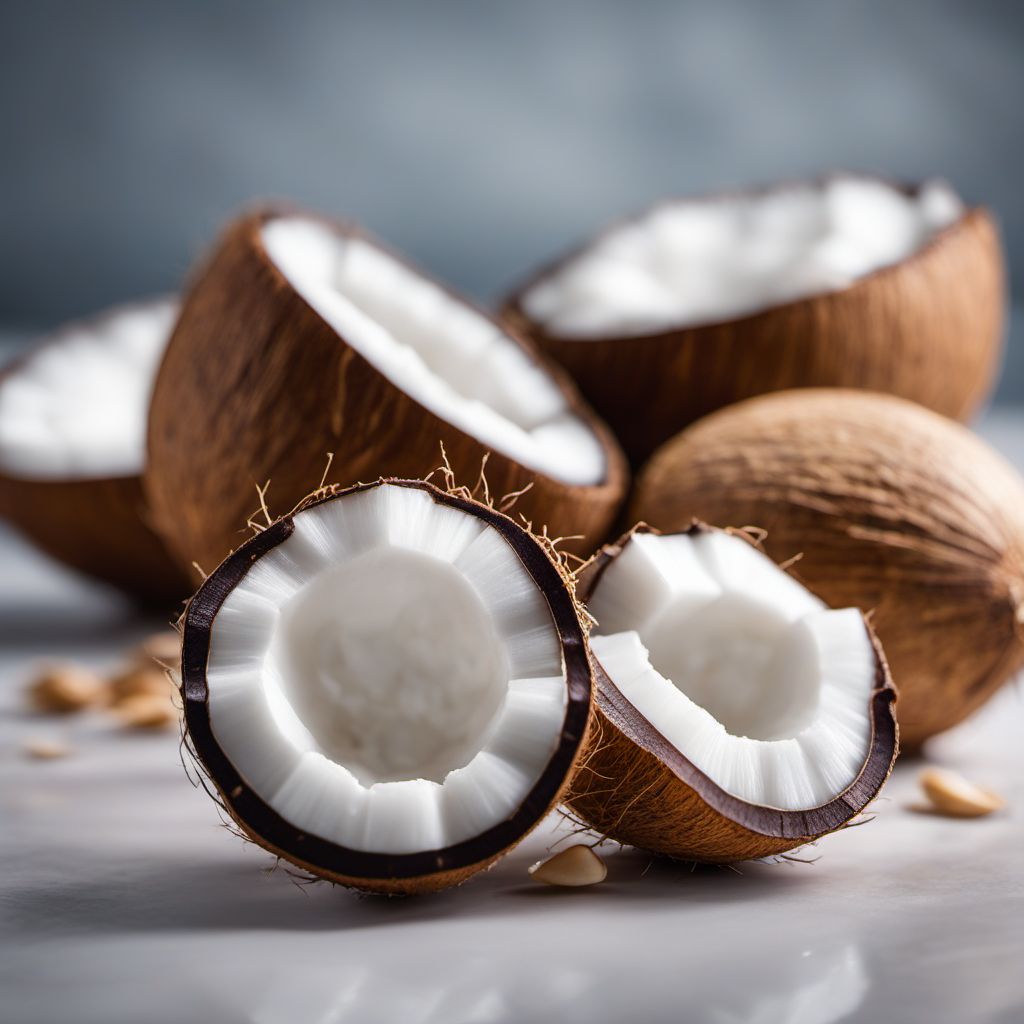
Ingredient
Coconuts
Coconuts: The Tropical Treasure
Coconuts are large, round fruits with a hard, fibrous outer shell and a sweet, creamy flesh inside. The flesh can be eaten raw or used in both sweet and savory dishes. Coconuts have a distinct tropical flavor that is rich, nutty, and slightly sweet. The water inside the coconut is refreshing and hydrating, making it a popular beverage.
Origins and history
Coconuts have a rich cultural and historical significance in many tropical regions. They have been used for centuries as a source of food, water, and shelter. Coconuts are native to Southeast Asia and have been cultivated and traded by various civilizations throughout history. Today, coconuts are widely consumed and appreciated for their culinary versatility and health benefits.
Nutritional information
Coconuts are a nutrient-dense fruit that provides a good source of healthy fats, fiber, vitamins, and minerals. They are rich in medium-chain triglycerides (MCTs), which are easily digested and provide a quick source of energy. Coconuts are also a good source of potassium, magnesium, and iron.
How to select
When selecting coconuts, look for ones that feel heavy for their size and have a firm shell. Shake the coconut to ensure there is water inside. Avoid coconuts with cracks, mold, or signs of damage. Fresh coconuts should have a sweet aroma and a clear liquid inside.
Storage recommendations
To store a whole coconut, keep it at room temperature for up to a week. If you want to store the coconut meat, remove it from the shell and refrigerate it in an airtight container for up to a week. Coconut milk or cream can be stored in the refrigerator for a few days or frozen for longer-term storage.
How to produce
Coconut trees can be grown in tropical and subtropical regions. They require well-drained soil, ample sunlight, and regular watering. It takes several years for a coconut tree to start producing fruit, but once established, they can yield coconuts for decades.
Preparation tips
Coconuts can be used in a variety of culinary applications. The flesh can be grated and used in both sweet and savory dishes, such as curries, desserts, smoothies, and baked goods. Coconut milk and cream are commonly used in Asian and Caribbean cuisines to add richness and flavor to curries, soups, and sauces. Coconut water is a refreshing beverage on its own or can be used as a base for smoothies and cocktails.
Substitutions
If fresh coconuts are not available, canned coconut milk or cream can be used as a substitute. Coconut oil can be used as a substitute for coconut butter or coconut cream in certain recipes. However, keep in mind that the flavor and texture may vary slightly.
Culinary uses
Coconuts are widely used in tropical cuisines, such as Thai, Indian, and Caribbean. They are commonly used in curries, soups, desserts, and beverages. In Western cuisine, coconuts are often used in baking, adding a tropical twist to cakes, cookies, and pies. Coconut milk and cream are also popular dairy alternatives in vegan and lactose-free recipes.
Availability
Coconuts are commonly cultivated in tropical regions, including Southeast Asia, the Caribbean, and parts of Africa and South America. They are also available in many supermarkets and grocery stores worldwide.
More ingredients from this category
Recipes using Coconuts » Browse all
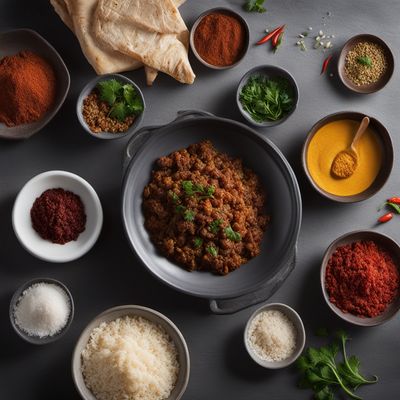
Gulha with a British Twist
Savoury Dumplings with a British Flair
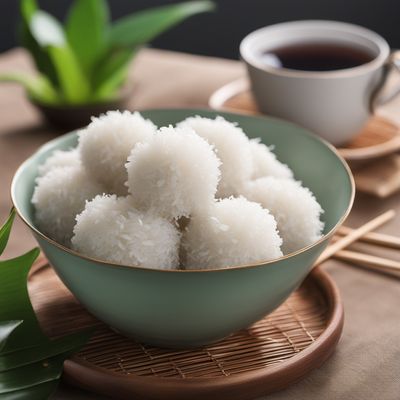
Coconut Glutinous Rice Balls with Sweet Filling
Heavenly Coconut Delights: Sweet Glutinous Rice Balls

Malaysian Indian Spiced Lebkuchen
Spiced Delights: Malaysian Indian Twist on Lebkuchen

Cuban-inspired Coconut Amaretti Cookies
Coconut Delight: Cuban-Inspired Amaretti Cookies
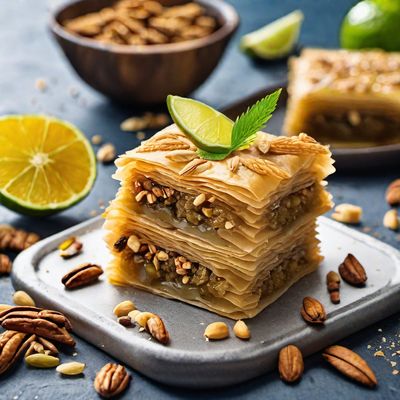
Caribbean Baklava
Tropical Twist Baklava
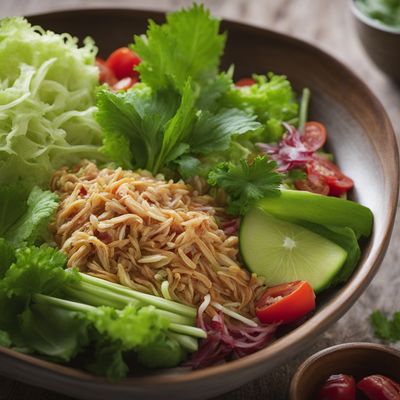
Gundel Salad with a Malay Twist
Malay-Inspired Gundel Salad: A Fusion of Flavors

Manado-inspired Zuccotto
Spicy Coconut Zuccotto: A Fusion of Italian and Manado Flavors
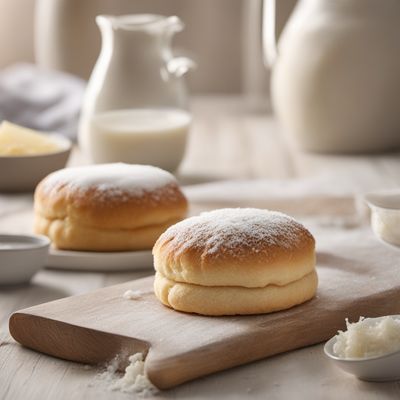
Nauruan Coconut Cream Buns
Tropical Delight: Nauruan Coconut Cream Buns
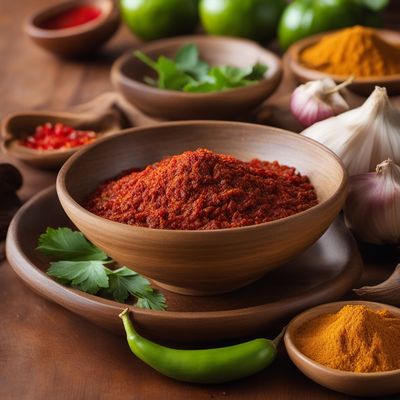
Spicy Coconut Sambal with Rice
Fiery Coconut Delight: A Sri Lankan Spicy Sambal
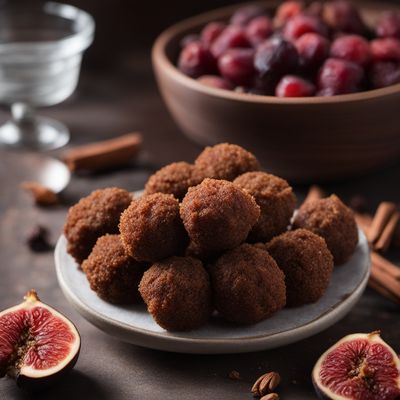
Smoky Fig Balls
Figgy Delights: Smoky Balls of Sweetness
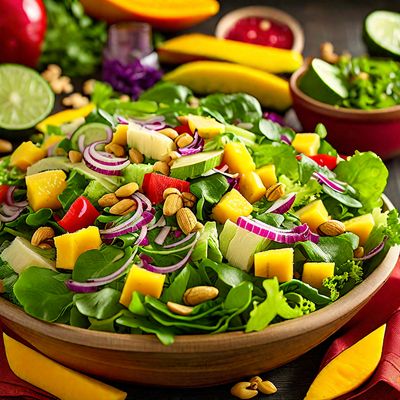
Caribbean Caesar Salad
Tropical Twist Caesar Salad
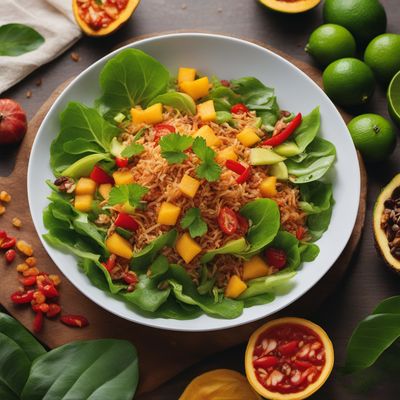
Tropical Tanzanian Salad
Zesty Zanzibar Salad: A Refreshing Tanzanian Twist on a Spanish Classic
